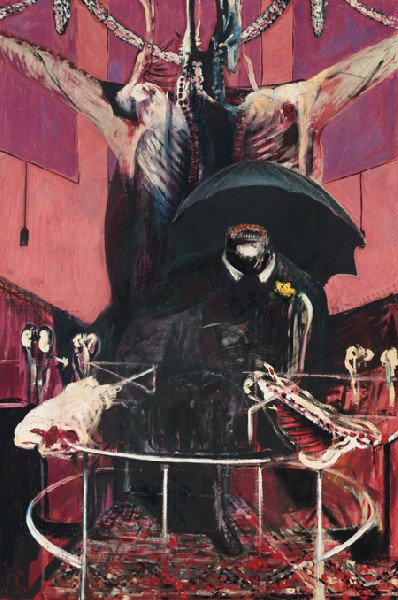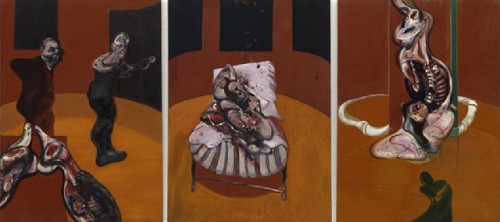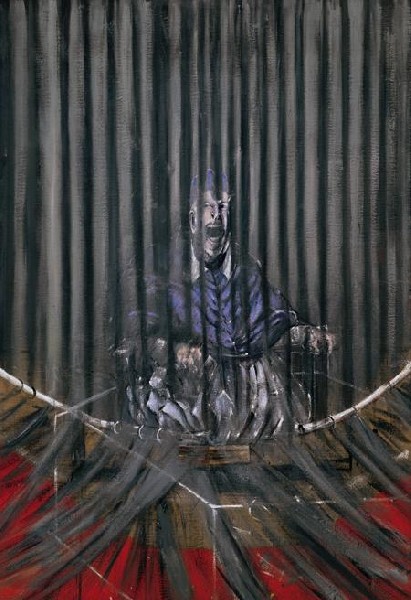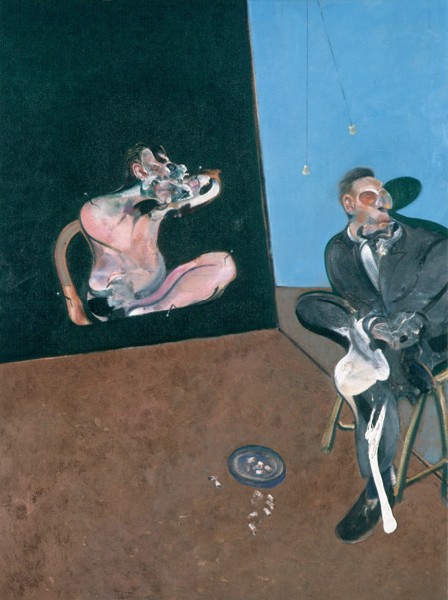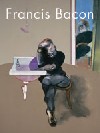Francis Bacon: A Centenary Retrospective
At The Metropolitan Museum of Art
By: Adam Zucker - Jun 08, 2009
Francis Bacon: A Centenary Retrospective
The Metropolitan Museum of Art
Fifth Avenue
New York, New York
May 20 through August 16, 2009
"Francis Bacon: a Centenary Retrospective" at the Metropolitan Museum of Art provides an insightful introduction to one of modernity's most tormented artists. While some find his blending of abstraction and figuration to be grotesque, he created some of the best examples of humanistic painting.. Bacon's horrific images of violence evoke the darkest side of civilization that emanated from the Great War and since then appear to have only gotten darker. Almost immediately a visitor is met with Bacon's most accomplished work "Painting" (1946), which helps set the tone for his many macabre themes.
The greatest influence was the artist himself, and there is a fascinatingly dark side to Bacon. Before Mapplethorpe, Bacon explored the nature of homosexuality in his work. Bacon manifested his lust for men in the tormented paintings. He did this at a time when sodomy laws were still applicable making of Bacon a sexual revolutionary and one of the first openly gay painters. Lovers were often redundant subjects of his twisted scenes. However, unlike the affirmative work of Robert Mapplethorpe, Bacon's erotic paintings are more self degradation and a struggle with his sexual orientation. For Bacon it seems that homosexuality might have just been another burden that he was given at birth. From biographical accounts we are aware that Bacon was put down by his mother and father for being "different," and was told that he was ugly. This helps to understand his hatred for church and religion. This is evoked by the disfiguration in "Study after Velázquez's Portrait of Pope Innocent X " (1953) based on the master's 1650 painting.
The inclusion of reference images from magazines, personal photographs of friends as well as lovers created an image that mirrored his art. It is now clear that Bacon drew inspiration from Muybridge's wrestling men to create his erotic and often violent scenes of men. He also borrowed heavily from Picasso and Velázquez, whose reference images and books stick out among the clutter and chaos that was his studio at 7 Reece Mews, London. His life was equally chaotic. He was constantly drunk and abusive. Bacon was described by friends as a "devil" and a "whore." He also had a gambling problem . Bacon experienced rocky relationships and both his lovers ended up dead from overdoses.
Bacon made opened doors for artists like Gilbert and George, Damien Hirst, and the Chapman Brothers. All British and fairly young (at least when they developed their signature practice), these artists are known for their exploitation of modern civilization. In Gilbert and George we get Bacon's overtly homoerotic imagery, from the Chapman Brother's comes depictions of tortured souls, and Damien Hirst uses actual carcasses of meat conflating with Bacon's idea of the human butcher shop. Bacon appeals to young artists struggling to come to terms with themselves.
Ultimately, Bacon's work embodies angst that is most inherent in young adults. Unfortunately, sometimes that juvenile aspect dominates his work. There are quite a few works in this exhibition that aren't strong enough to be seen in a museum. Ultimately, his refusal to stray from his style, which had become stagnant as time went by, led to a very rigid feeling seen in his later works. Nevertheless, Bacon's oeuvre is still comprehensively outstanding and he is one of the most influential and important painters of our time.

